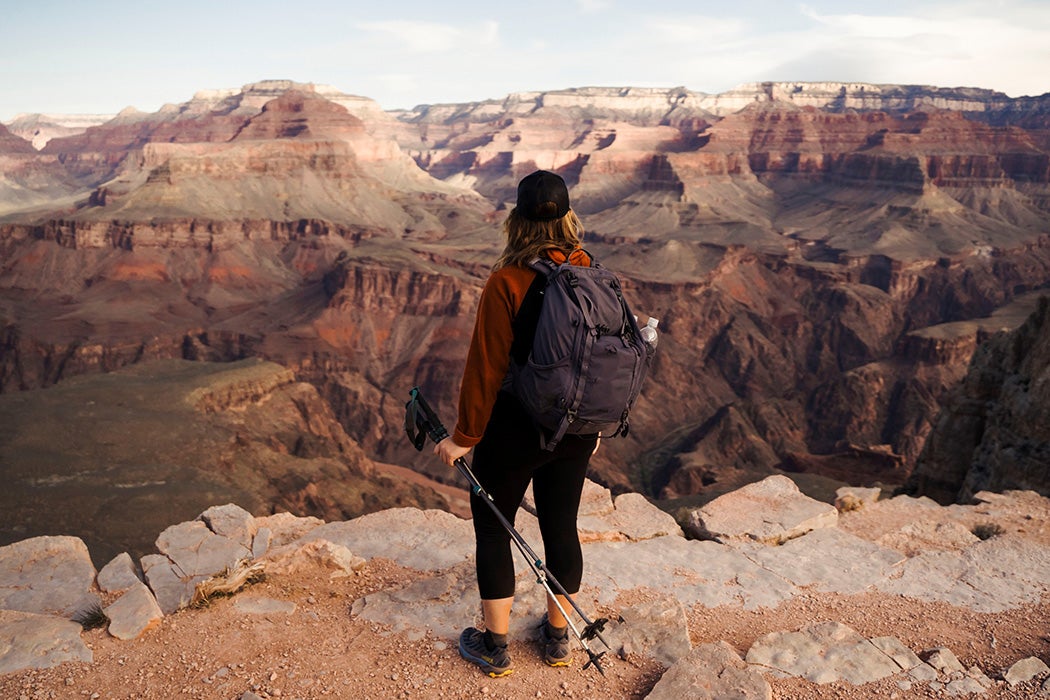In this summer of pandemic, one way to get out of the house with little fear of COVID-19 is to go for a solo hike on a distant outdoor trail. But, as criminologists Jennifer K. Wesely and Emily Gaarder explained in a 2004 paper, for many women, that option has its own sense of danger.
Wesely and Gaarder conducted surveys and interviews with women visiting South Mountain Park in Phoenix, Arizona, to hike, run, or bike. They chose South Mountain for its status as a large wilderness park, with fifty-one miles of trails, located within an urban area.
Some study participants said they found time outdoors in the park “freeing,” “peaceful,” or “spiritual.” In contrast to working out at a gym, some said they felt less self-conscious and more free in the park. “The gym is a place to go to get dates,” one said. “You have to be in shape to go there! I feel people are judgmental about what your body looks like at the gym.”
Yet, Wesely and Gaarder found, a significant number of women felt uncomfortable and unsafe on the trails, particularly when they were alone and when they were on more remote trails. Several of them noted a conflict between a sense of solitude and the feeling of safety in numbers. “The highly populated trails make me feel safer, but I also don’t like biking where there are too many people,” one respondent wrote on a survey. “It ruins part of the experience.”
In some cases, participants—who were largely white and middle class—expressed fears grounded in race and class stereotypes about “transients” or “gangs.” However, about 40 percent of them reported that they had actually experienced harassment while doing outdoor activities—including 10 percent who had had such an experience at South Mountain. No one reported being physically assaulted at the park, but 2.4 percent had at other outdoor recreation locations.
One woman described feeling forced out of the park. “There’s this one guy who likes me there, and he would follow me and talk to me every time,” she said. “I went purposely at a different time, but he still showed up. I haven’t gone back since that time. I didn’t want him to get the wrong idea.”
Weekly Newsletter
Some respondents suggested changes that might make them feel safer in the park, including lighted trails and a greater presence of park rangers. But Wesely and Gaarder note that these options represented their own trade-offs between safety and solitude in a wild space. Ultimately, they conclude, without broader cultural change to address harassment and violence against women, no local solution can fully address the problem.
“The implication for the women at South Mountain is that they must recreate in a state of hypervigilance, feeling as though they are the only ones responsible for their safety while simultaneously being deprived of the holistic benefits of their outdoor recreation experience,” they write.
Support JSTOR Daily! Join our new membership program on Patreon today.







